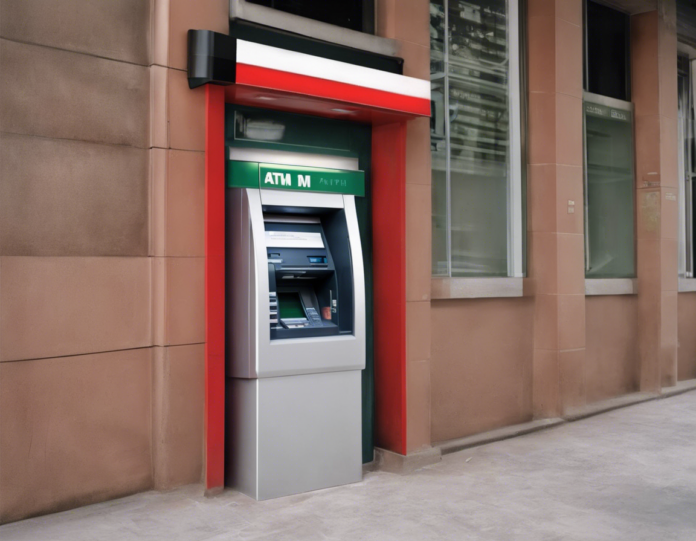Automated Teller Machines (ATMs) have become an integral part of our lives today, providing quick and convenient access to cash and other banking services 24/7. In this comprehensive guide, we will delve into the full form of ATM, its history, how it works, security features, benefits, and much more.
History of ATMs
The concept of a self-service machine that could dispense cash to customers was first introduced in the 1960s. The first modern ATM was installed by Barclays Bank in London in 1967. Initially, these machines could only dispense a fixed amount of cash, but with advancements in technology, ATMs can now handle a wide range of banking transactions such as deposits, funds transfer, bill payment, and more.
How ATMs Work
1. Card Authentication
When a customer inserts their debit or credit card into the ATM, the machine reads the information stored in the magnetic stripe or the chip on the card to authenticate the user.
2. Pin Entry
After the card is authenticated, the user is prompted to enter their Personal Identification Number (PIN) to access their account.
3. Transaction Selection
The user can then select the type of transaction they want to perform, such as cash withdrawal, balance inquiry, funds transfer, or bill payment.
4. Dispensing Cash
If the user selects a cash withdrawal, the ATM communicates with the customer’s bank to verify the account balance and dispense the requested amount of cash.
5. Receipt Generation
Once the transaction is completed, the ATM prints a receipt outlining the details of the transaction for the user’s records.
Security Features of ATMs
ATMs are equipped with various security features to ensure the safety of transactions and user information.
1. Encryption
Data transmitted between the ATM and the bank’s servers is encrypted to prevent unauthorized access.
2. Pin Security
PIN numbers are encrypted and stored securely to prevent theft or misuse in case of a security breach.
3. Skimming Prevention
ATMs are designed to detect and prevent skimming devices that fraudsters may install to steal card information.
Benefits of ATMs
1. Convenience
ATMs provide access to cash and banking services outside of traditional banking hours, offering unparalleled convenience to customers.
2. Accessibility
ATMs are located in various locations such as banks, shopping malls, airports, and convenience stores, making them easily accessible to users.
3. Quick Transactions
ATMs facilitate quick and hassle-free transactions, allowing users to withdraw cash, check balances, and perform other banking activities swiftly.
4. Reduced Bank Visits
With the ability to deposit cash and checks, transfer funds, and pay bills at ATMs, customers can minimize their visits to bank branches.
FAQs about ATMs
Q1: Can I use any ATM to withdraw cash?
A1: You can use any ATM, but fees may apply if you use machines outside of your bank’s network.
Q2: Are ATMs secure for financial transactions?
A2: Yes, ATMs are equipped with security features such as encryption and PIN protection to safeguard transactions.
Q3: What should I do if my card gets stuck in an ATM?
A3: Contact your bank immediately to report the issue and request assistance in retrieving your card.
Q4: Can I deposit cash or checks at an ATM?
A4: Yes, many ATMs allow users to deposit cash and checks directly into their accounts.
Q5: Is it safe to use an ATM at night?
A5: It is advisable to use ATMs located in well-lit and secure areas at night to ensure safety.
In conclusion, ATMs have revolutionized the way we access banking services, offering convenience, accessibility, and security to users worldwide. Understanding the full form of ATM and how these machines operate can help users make the most of this technology in their financial transactions.








